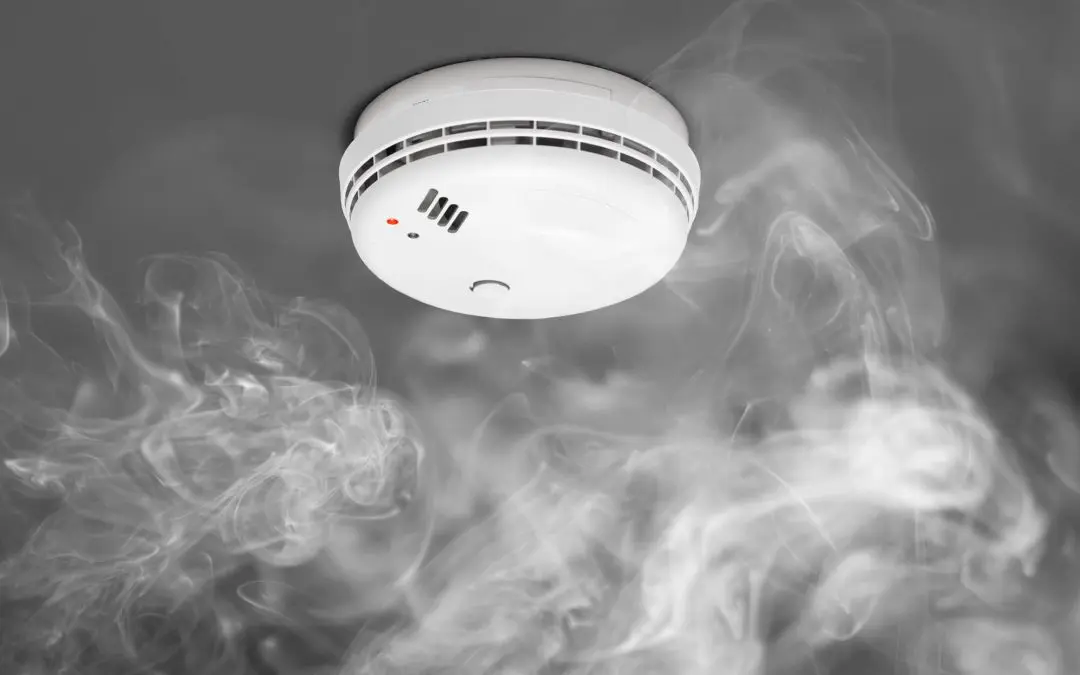House fires usually start with small, avoidable mistakes—a stove left unattended, a space heater too close to a curtain, or a frayed wire no one noticed. These aren’t rare events. They’re everyday hazards that build up when no one’s paying attention. Fire safety means building habits that catch risks before they turn into emergencies.
You don’t need to overhaul your home. You just need to adjust your routine, stay aware of fire-prone zones, and maintain the tools that give you a fighting chance. The details matter. And skipping them puts everything at risk.
Fire Safety Basics: Build Fire Checks Into Your Daily Routine
Start with morning and evening walkthroughs. Before leaving for work or heading to bed, check the kitchen. Make sure all burners are off, no appliances are left running, and nothing flammable is sitting near a heat source. Look at your living room, too. Are there candles burning? Chargers overheating on the couch? Anything left plugged in that doesn’t need to be?
Get in the habit of unplugging space heaters and checking smoke detectors monthly. These small steps take seconds, but they catch most of the common fire starters people overlook.
Watch the Kitchen Closely
Most house fires begin in the kitchen, and most of them are preventable. Never walk away from the stove, even for a minute. Keep oven mitts, dish towels, and packaging far from open flames and hot burners. Clean your stovetop regularly. Built-up grease is a fire risk no one thinks about until it catches.
Microwaves come with their own risks. Metal, foil, and some plastics can spark or melt. Use containers that are labeled microwave-safe, and avoid heating anything that seems questionable.
Be Smart With Heat Sources
Space heaters, fireplaces, candles, and heated blankets can all be used safely—but only with discipline. Keep anything flammable at least three feet away from heaters and fireplaces. That includes curtains, blankets, rugs, and clothing. Never leave any of these running while you sleep or leave the house.
Only plug space heaters directly into the wall. Extension cords and power strips can overheat under the load. Fireplaces should be cleaned regularly, and ashes should be disposed of in metal containers only—never paper or plastic.
Handle Electrical Hazards Before They Spark
Electrical fires often come from issues people ignore for months. Flickering lights, warm outlets, or tripped breakers aren’t just quirks—they’re signs that something’s wrong. Don’t run cords under rugs. Don’t keep using a charger or lamp with a frayed cord. If a device feels hot to the touch, stop using it.
Use surge protectors instead of cheap plug expanders, and avoid daisy-chaining power strips together. If you have an older home with outdated wiring, bring in a licensed electrician to inspect it.
Maintain Fire Safety Tools
Smoke alarms should be tested once a month and replaced every 10 years. If yours use batteries, swap them out twice a year. Keep at least one fire extinguisher in the kitchen and one in the garage. Check the gauge periodically to make sure the pressure is still in the safe zone.
Add a fire blanket to your kitchen. It’s simple to use and doesn’t create the mess an extinguisher does. Keep all tools visible and accessible. If you have to dig through cabinets in an emergency, it’s already too late.
Know How to Get Out
Every home needs a clear fire escape plan. Every person in the house should know two ways out of each room and where to meet once outside. Practice it once or twice a year. Make sure windows open easily and that everyone can unlock doors without hesitation.
If you live in a multi-story home, install escape ladders in second-floor bedrooms. If you have pets, include them in your plan. Build habits now so no one hesitates later.
Fire Safety FAQs
How often should I test my smoke detectors?
Test them once a month. Replace the batteries twice a year, and replace the units every 10 years.
Where should fire extinguishers be placed?
Keep one in the kitchen, one in the garage, and one near sleeping areas. Make sure they’re easy to reach.
What’s the best way to create a fire escape plan?
Draw a simple map of your home, mark two exits from every room, and choose a safe meeting spot outside. Practice the plan with everyone in the house at least once a year.
Can I use extension cords for heaters or appliances?
No. Always plug heaters and major appliances directly into wall outlets to avoid overheating and fire risk.
TMK Inspections offers professional home inspections to homebuyers and sellers in Southeast Pennsylvania. Contact us to request our services.

